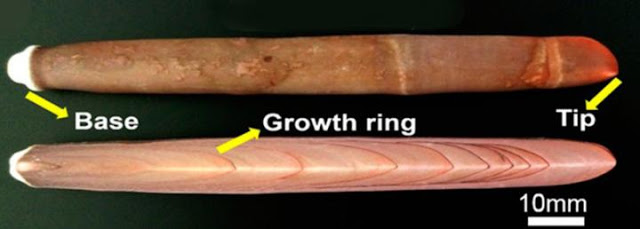

| Online: | |
| Visits: | |
| Stories: |

| Story Views | |
| Now: | |
| Last Hour: | |
| Last 24 Hours: | |
| Total: | |
Sea Urchin Spines Could Fix Bones
Physicians have various approaches at hand to treat bone defects: Replacement material can come from a patient’s own body, donated tissue, or a synthetic or naturally derived product. All of these methods, however, have limitations. For example, current bioceramics, such as hydroxyapatite, that have been used as scaffolds for bone repair tend to be weak and brittle, which can lead to pieces breaking off. These pieces can then move into adjacent soft tissue, causing inflammation.
Scientists have developed a bone grafting material made out of sea urchin spines.

Credit: American Chemical Society
Recent studies have shown that biological materials, such as sea urchin spines, have promise as bone scaffolds because of their porosity and strength. Xing Zhang, Zheng Guo, Yue Zhu and colleagues wanted to test this idea in more detail.
Katie Cottingham
American Chemical Society
Source:


